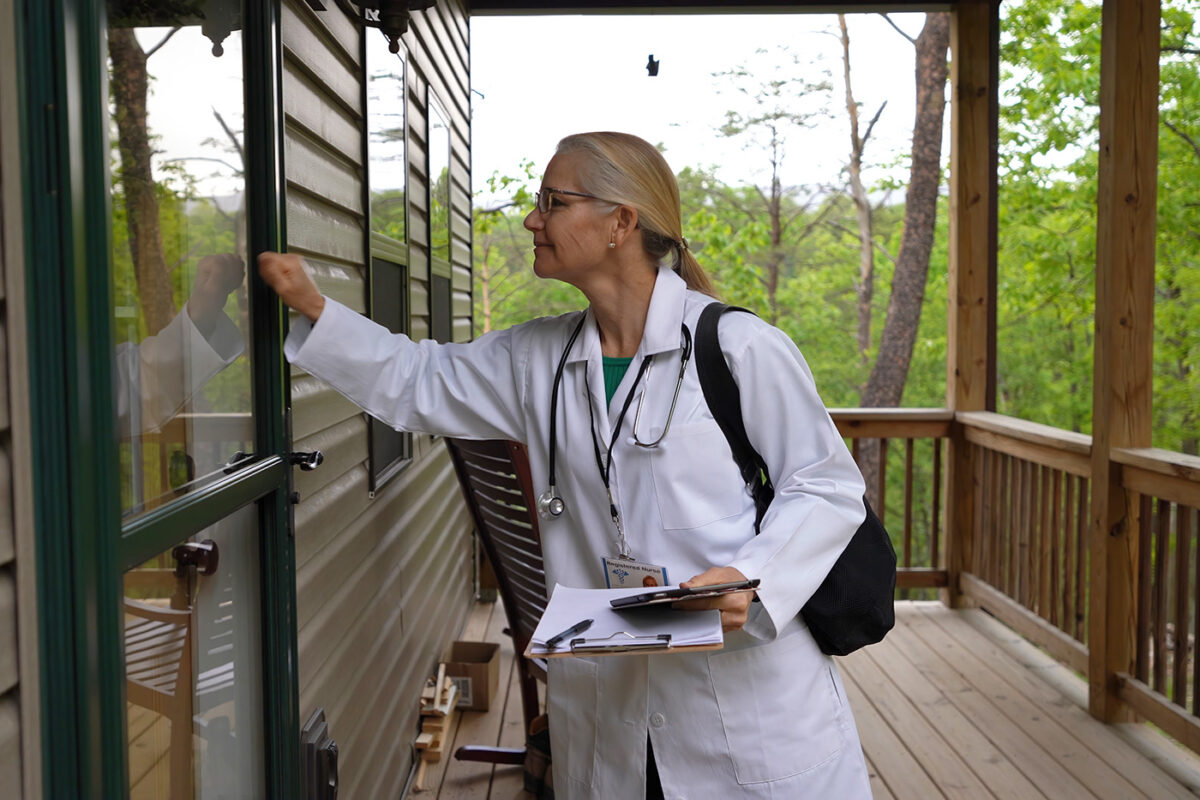
Johnson Regional Medical Center in Clarksville is the No. 1 hospital in the state for community benefit, based on its spending on charity care and community investment in 2018, according to the 2021 Lown Institute Hospitals Index. Notably, though, the report found that most private nonprofit hospitals across the U.S. reaped tax benefits that far outstripped their community investments.
The first-of-its-kind report assessed over 3,600 hospitals across the country. Each hospital’s ranking was determined based on its charity-care spending, its spending on other community health initiatives, and the proportion of its patient revenue received from Medicaid (a measure of a hospital’s commitment to caring for low-income patients).
The report found that nationally, 72% of private nonprofit hospitals spent less on charity care and community investment than what they received in tax breaks, with this difference totaling $17 billion. Among the 10 hospitals that spent the least on charity care and community investment relative to their tax breaks, the difference totaled $1.8 billion, which the report calls a “fair share deficit.” Among those 10 hospitals are notable institutions such as the Cleveland Clinic, Vanderbilt University Medical Center, and Cedars-Sinai Medical Center.
Over half of hospitals in the U.S. are nonprofit hospitals. In addition to providing patient care, community benefit spending is a key aspect of nonprofit hospitals’ engagement with their community and a requirement for designation by the Internal Revenue Service as a nonprofit hospital. Nonprofit status is an important asset for hospitals, resulting in tax exemptions worth tens of billions to nonprofit hospitals across the country. Under the Affordable Care Act, tax-exempt hospitals are required to conduct a community health needs assessment every three years and adopt an implementation strategy to meet the needs identified in the assessment.
Several states have a community benefit reporting requirement in addition to the federal requirement, as highlighted in the Hilltop Institute’s Community Benefit State Law Profiles Comparison tool. For example, Utah requires community benefit reporting as a condition of the state’s property tax emption. In West Virginia, nonprofit hospitals must show that their property is used for charitable purposes to qualify for property tax exemptions. West Virginia also requires hospitals to report charity-case discharge data to the state’s Health Care Authority.
In addition to the community benefit ranking, the 2021 Lown Institute Hospitals Index includes rankings for avoiding overuse and for racial inclusivity. Ozarks Community Hospital in Gravette was ranked No. 1 in Arkansas in avoiding unnecessary tests and procedures with little to no clinical benefit for its patients. Baptist Health Medical Center in Arkadelphia was determined to be the most racially inclusive hospital in the state, with the ranking based on how well the demographics of the hospital’s Medicare patients matched the demographics of the surrounding communities.






